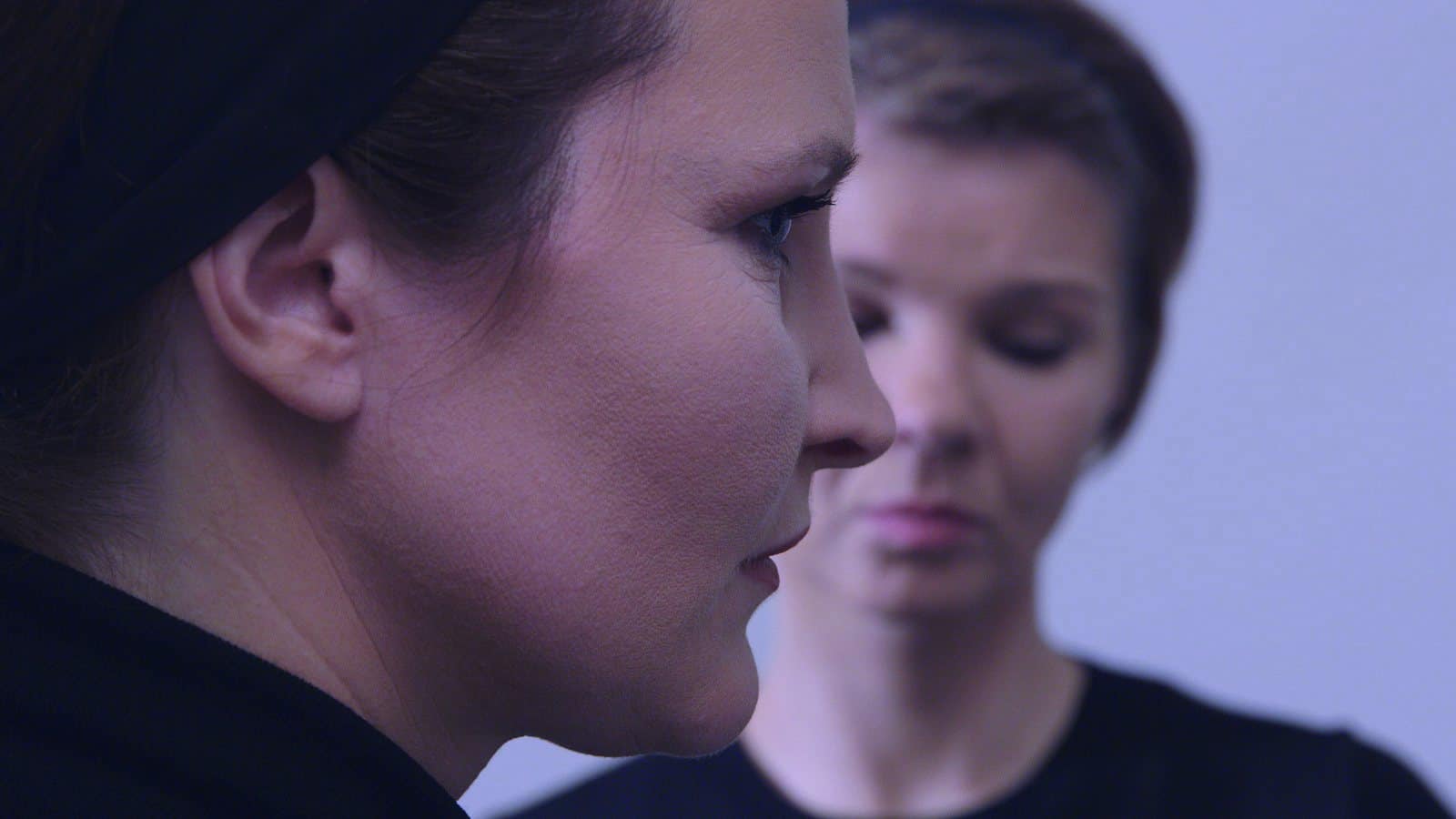“From which fragments – images, stories, archives and historical remnants – do you piece a life together in the wake of a genocide?”
… was the question posed by the Croatian-Bosnian author Jozefina Dautbegović that sparked the exhibition titled From what will we reassemble ourselves at the Framer Framed, Amsterdam.
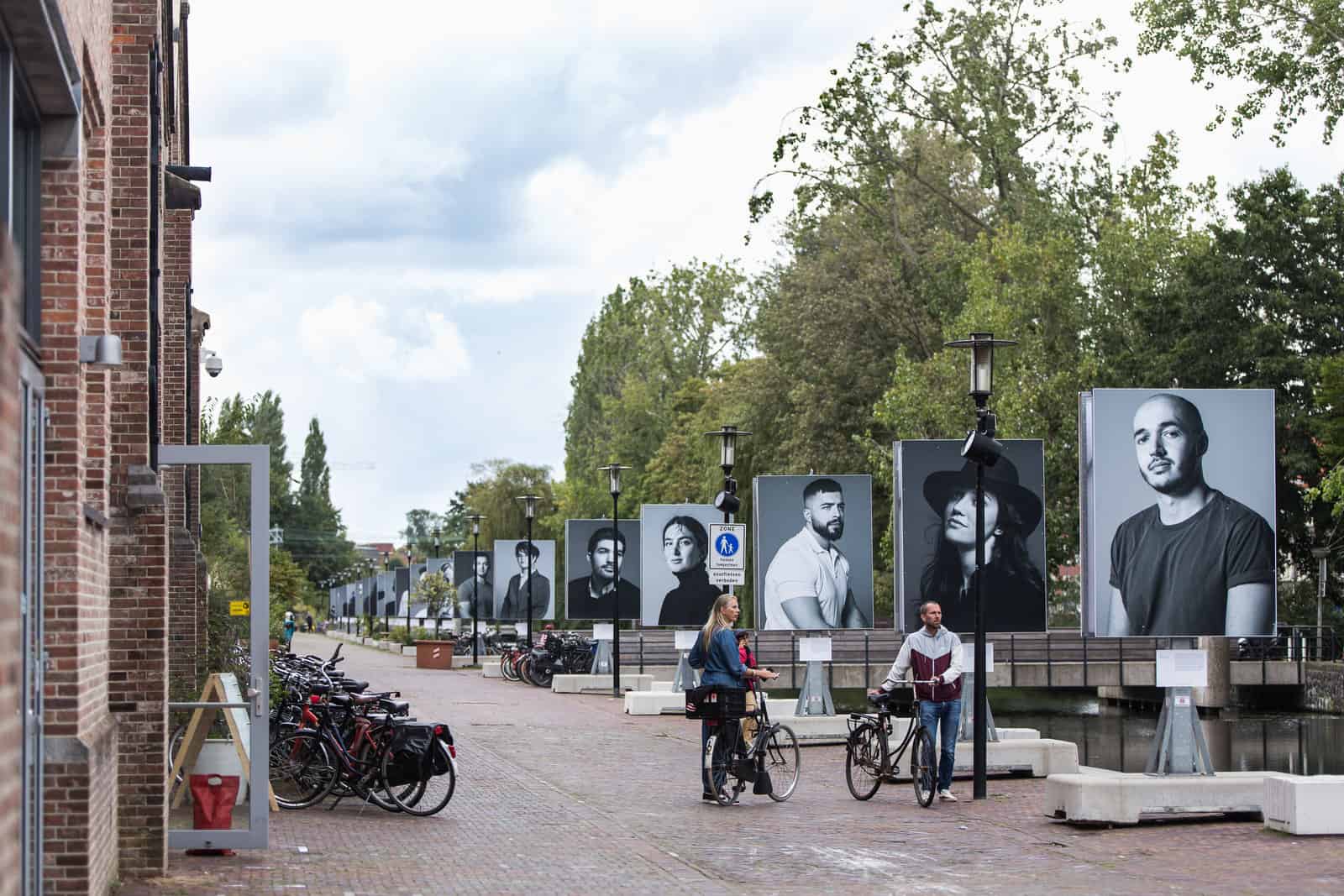
Temporary Monument by Bosnian Girl / Tijdelijk Monument door Bosnian Girl | Photo: Maarten Nauw/Framer Framed
In the twenty-fifth anniversary of the Srebrenica genocide – which took place in and around Srebrenica in Bosnia and Herzegovina in July, 1995 – six contemporary artists, a team of researchers and an architect, come together to reflect on the violent, yet so recent history. Each individual perspective offers a way towards reimagining the memory of violence and loss.
Not long after the fall of the Berlin wall in 1989, the Socialist Federal Republic of Yugoslavia (consisting of today’s Bosnia and Herzegovina, Croatia, Kosovo, Montenegro, North Macedonia, Serbia and Slovenia) started to crumble into pieces. When armed conflict broke out, governments all over Europe were hesitant to respond to the urgent reports of “ethnic cleansing” taking place across the Yugoslavia. In 1993, about three-quarters (out of 50.000-60.000) Bosnian Muslims inhabiting Eastern Bosnia and Herzegovina fled to the large area around Srebrenica. However, it was only a matter of time for the Bosnian Serb forces to approach the minority and conduct their “ethnic cleansing” campaign.
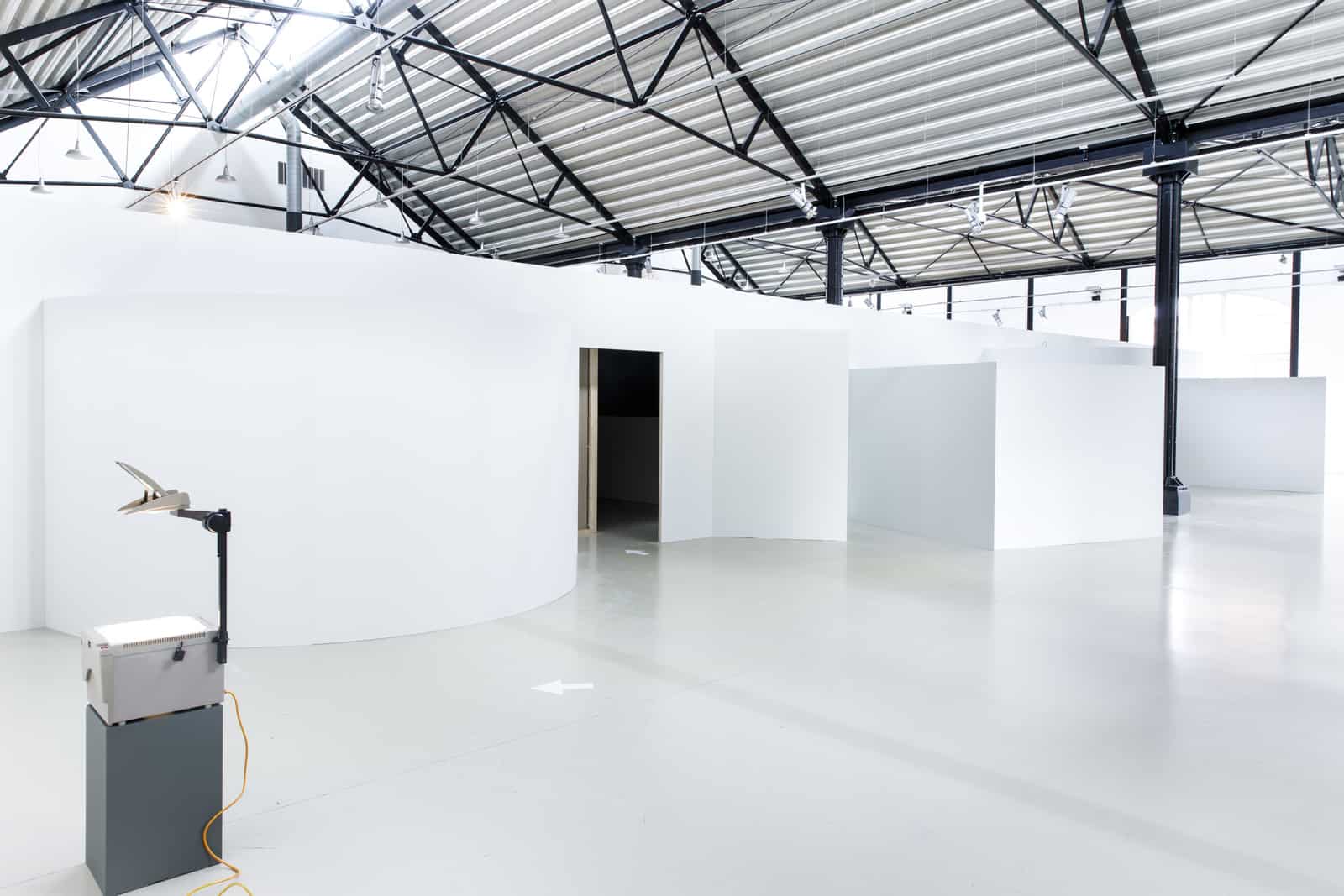
Arna Mačkić – From what will we reassemble ourselves (2020) | Photo: Eva Broekema/Framer Framed
It is in this context that the United Nations signed resolution 819, formally establishing a UN “safe area” around Srebrenica. In 1994, the Dutch government sent the first United Nations Protection Force battalion to protect the area. Yet in 1995 Srebrenica was overrun by Bosnian Serb forces without meeting any effective resistance from the air nor from the land. Bosnian Serbs forcefully deported over 23,000 women and children (with reports of widespread torture and rape) and brutally murdered 8,372 men and boys. The International Criminal Tribunal for the former Yugoslavia concluded that the massacre was an act of genocide.
The entire story of Srebrenica, the Bosnian Muslims who got brutally murdered at the Bosnian soil, their families who managed to escape and flee to The Netherlands as well as the Dutch soldiers who failed to protect the UN safe area, come in the Amsterdam exhibition together in one space. The diverse spectrum of voices and positions represented in the works included gives the viewer a deeper understanding of the genocide and the problems that arise from the various representations of violence omnipresent in our digital age.

Ana Hoffner ex-Prvulovic – Transferred Memories – Embodied Documents (2014) | Photo: Eva Broekema/Framer Framed
Work on the exhibition From what will we reassemble ourselves hosted by the contemporary art platform Framer Framed in Amsterdam was initiated by Anna Dasović, an artist based in the Netherlands, whose oeuvre centres around the representation of the genocide of Srebrenica. Originally, Dasović was invited to present individually the body of work she has been putting together for years, but eventually the show developed into a collaborative group effort. Together with curator Natasha Marie Llorens, they worked on presenting a complex set of positions, carefully choosing the language it which those narratives are told. The decision to include other voices underlines the fact of how difficult it is to represent a genocide. The exhibition presents a spectrum of positions, shifting away from the male militarised perspective on which the public discourse in the Netherlands has primarily focused.
Upon arriving at the exhibition, you can see the Temporary Monument: Srebrenica is Dutch History* concocted by the Bosnian Girl Collective. The monument erected in front of Framer Framed consists of twenty-five large format billboards, portraying Bosnian people, born in the city and the vicinity of Srebrenica as well as in The Netherlands. Their double identity symbolises the intertwining of Dutch and Bosnian history. The installation was first presented in The Hague, in front of the Dutch parliament building. Apart from the monument, the work encompasses a petition and a political call for education on the history of Srebrenica to be included in the Dutch curriculum.
When entering the indoor exhibition space the visitor finds themselves in a narrow corridor connecting five rooms. The exhibition design and interior constructed by Arna Mačkić reflects on her own memories of the Srebrenica genocide. Mačkić – like many others who came to The Netherlands seeking asylum – had to suppress her past experiences for the sake of integration and assimilation. But those memories haven’t vanished, there are always in the walls, ready to be broken open. As told by the architect, “The exhibition design is a representation of those walls. The visitor is invited to move ‘between the wall’ and to focus on – in parts that have been broken open – other perspectives as yet untold.”
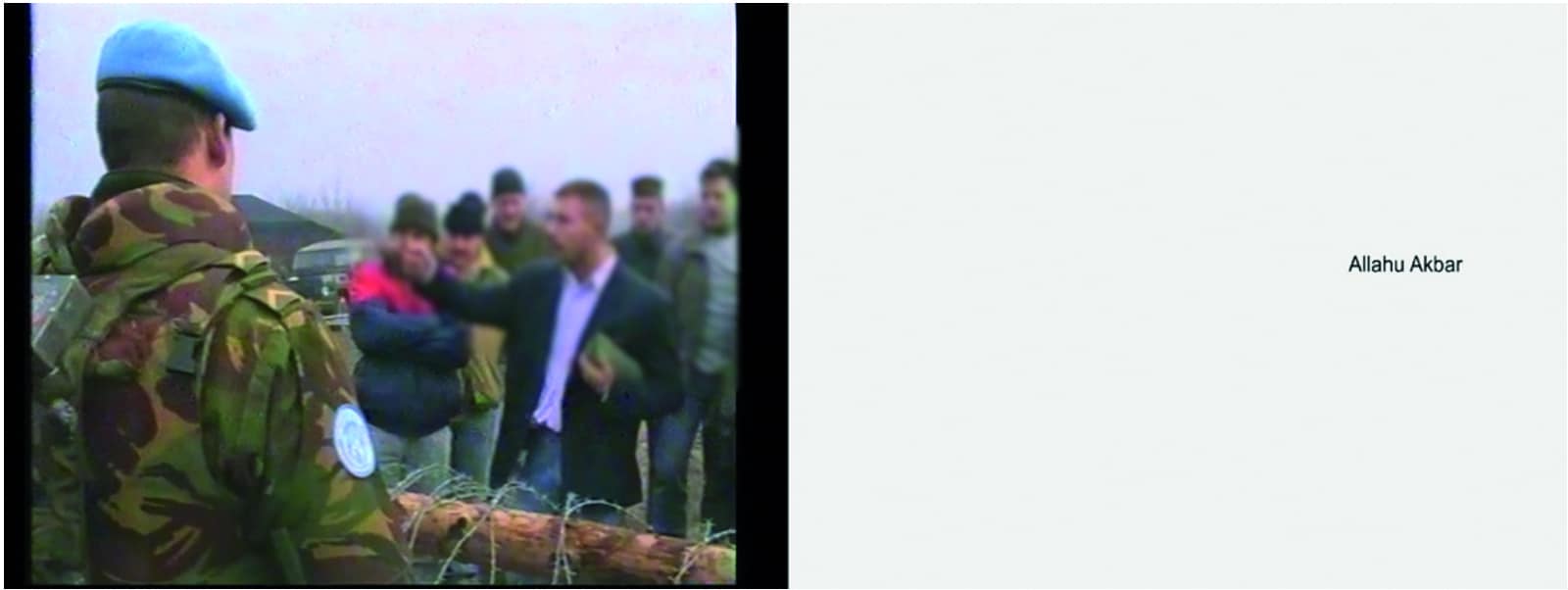
Anna Dasović – Before the fall there was no fall. Episode 01: Raw material (2019) |
Photo: Positions #5, Van Abbemuseum
What the creator of the show, Anna Dasović, contributed herself was her ongoing project titled Before the fall there was no fall. The presented video works are part of a research project which centres on a vast collection of Super VHS tapes from the archive of the Dutch Ministry of Defence (that Dasović was granted access to after a drawn-out process lasting four years). The tapes together with their contextualising documents form a basis for a series of episodes, public events and a soon to come publication. The entire project looks into the context in which the Dutch Blue Helmets operated in 1995. Her work raises relevant questions about how representation, the way it was employed within the Dutch military, implicitly produces an effect of creating the image of the “other”.
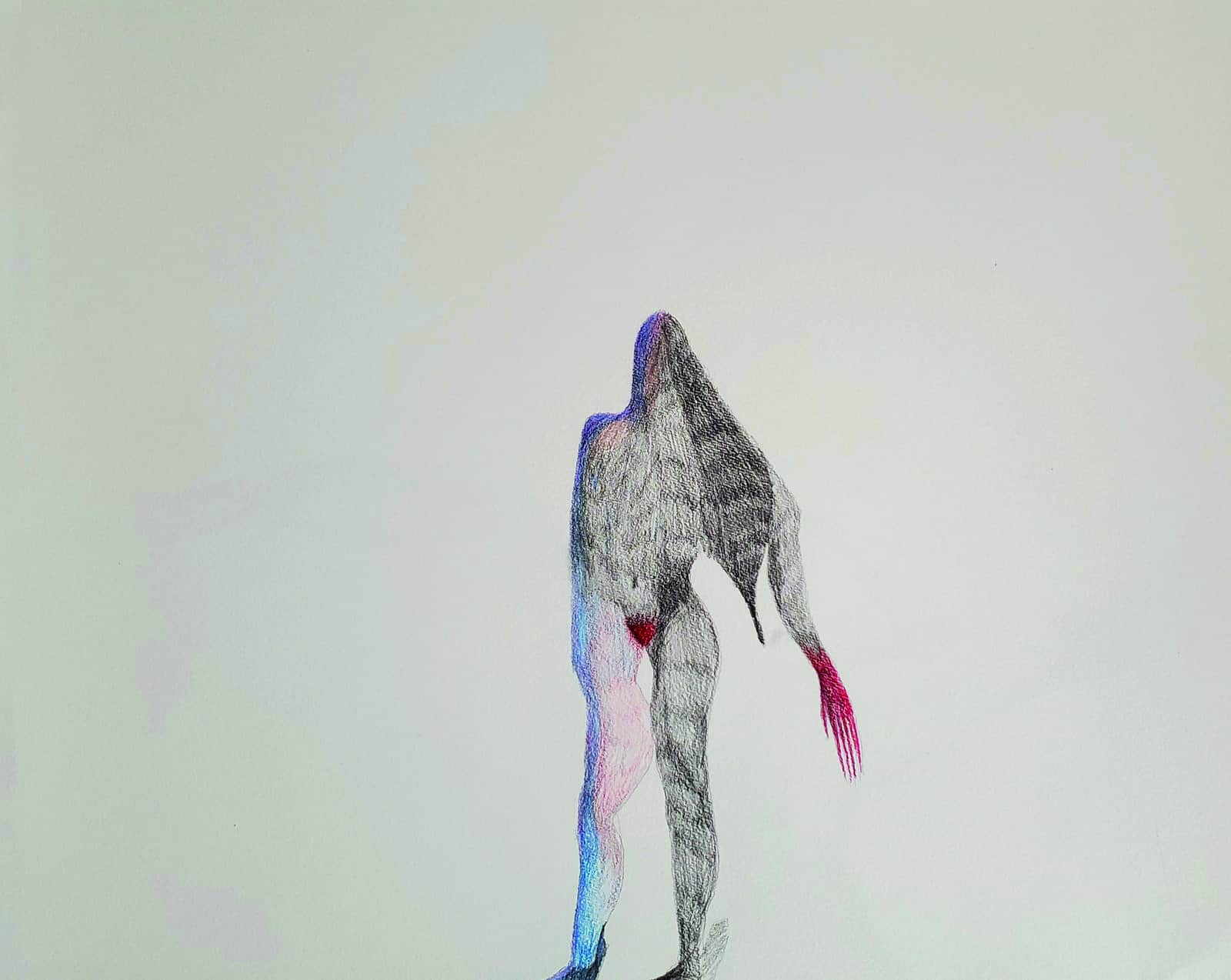
Selma Selman – Superpositional Intersectionalism (2020)
Each part of the exhibition scenario, presenting works of artists working in various mediums, unravels a particular aspect of the Srebrenica genocide. Ana Hoffner ex-Prvulovic focuses in her Transferred Memories – Embodied Documents on the confrontation between images of atrocities and of those who face them. In Journal No 1 – An Artist’s Impression, Hito Steyerl attempts to reconstruct the first Bosnian newsreel that got lost during the siege of Sarajevo in 1993. Lana Čmajčanin, through her wallpaper installation Balkangreuel – Balkan Cruelty, looks at the racialised and Orientalised Balkan “other”. Selma Selman’s Superpositional Intersectionalism seeks new possibilities, encouraging the viewer to re-evaluate that which is assumed to be unchangeable. The installation Territory 1995 by Marko Peljhan functions as a dense representation capable of showing horror without recourse to photographs. And, last but not least, the research Facing Srebrenica Project by Erna Rijsdijk and Guido Snel compiles private photographs taken by Dutch soldiers during their time in Srebrenica, today serving as a personal memory for both survivors and veterans.

Marko Peljhan – Territory 1995 (2009–2010) | Photo: Courtesy of the Van Abbemuseum
From what will we reassemble ourselves, the carefully constructed show created for the twenty-fifth anniversary of the Srebrenica genocide, gives tribute to the underrepresented and forgotten. Those unaware of the violent wars in Bosnia and Herzegovina in the 1990s related to the fall of State Socialism in Eastern Europe will finally have the opportunity to learn and understand. The decision to create the show in Amsterdam deepens our understanding of the historical and political interconnections between the Netherlands and Bosnia and Herzegovina.
Temporary Monument: Srebrenica is Dutch History existed as a separate installation, independent from the show, however, by being placed at the entrance, it was meant to give the visitor a great introduction to the topic. The installation was on show till the 18th of October, 2020.
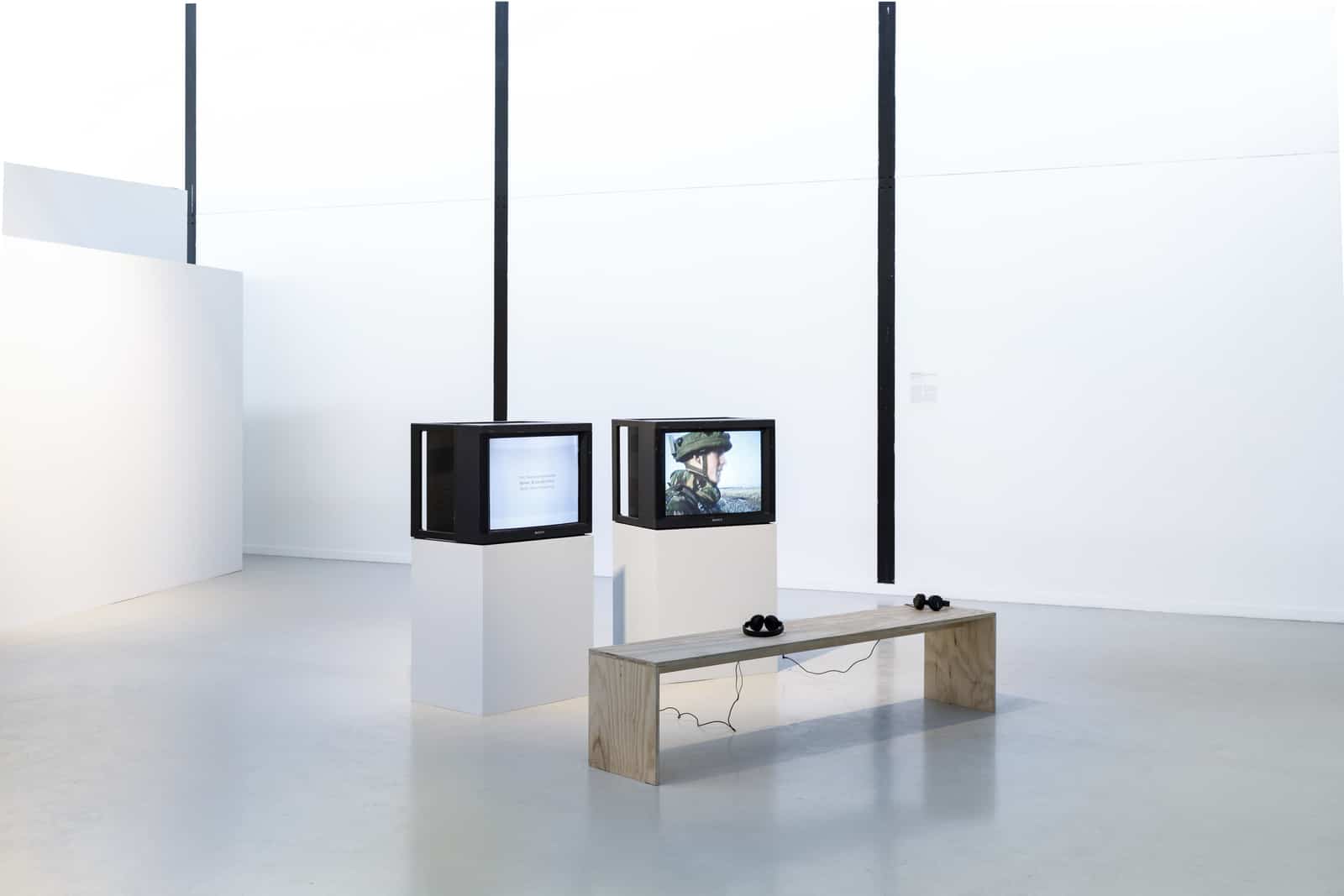
Anna Dasović – Before the fall there was no fall. Episode 01: Raw material (2019) | Photo: Eva Broekema/Framer Framed
Exhibition From what will we reassemble ourselves was put together by Anna Dasović
Curated by Natasha Marie Llorens
Contains works by: Lana Čmajčanin, Anna Dasović, Ana Hoffner ex-Prvulovic, Arna Mačkić, Marko Peljhan, Selma Selman, Hito Steyerl, Facing Srebrenica Project, *Bosnian Girl Collective
Sep 6, 2020 – Jan 3, 2021
Framer Framed
Oranje-Vrijstaatkade 71
1093 KS Amsterdam
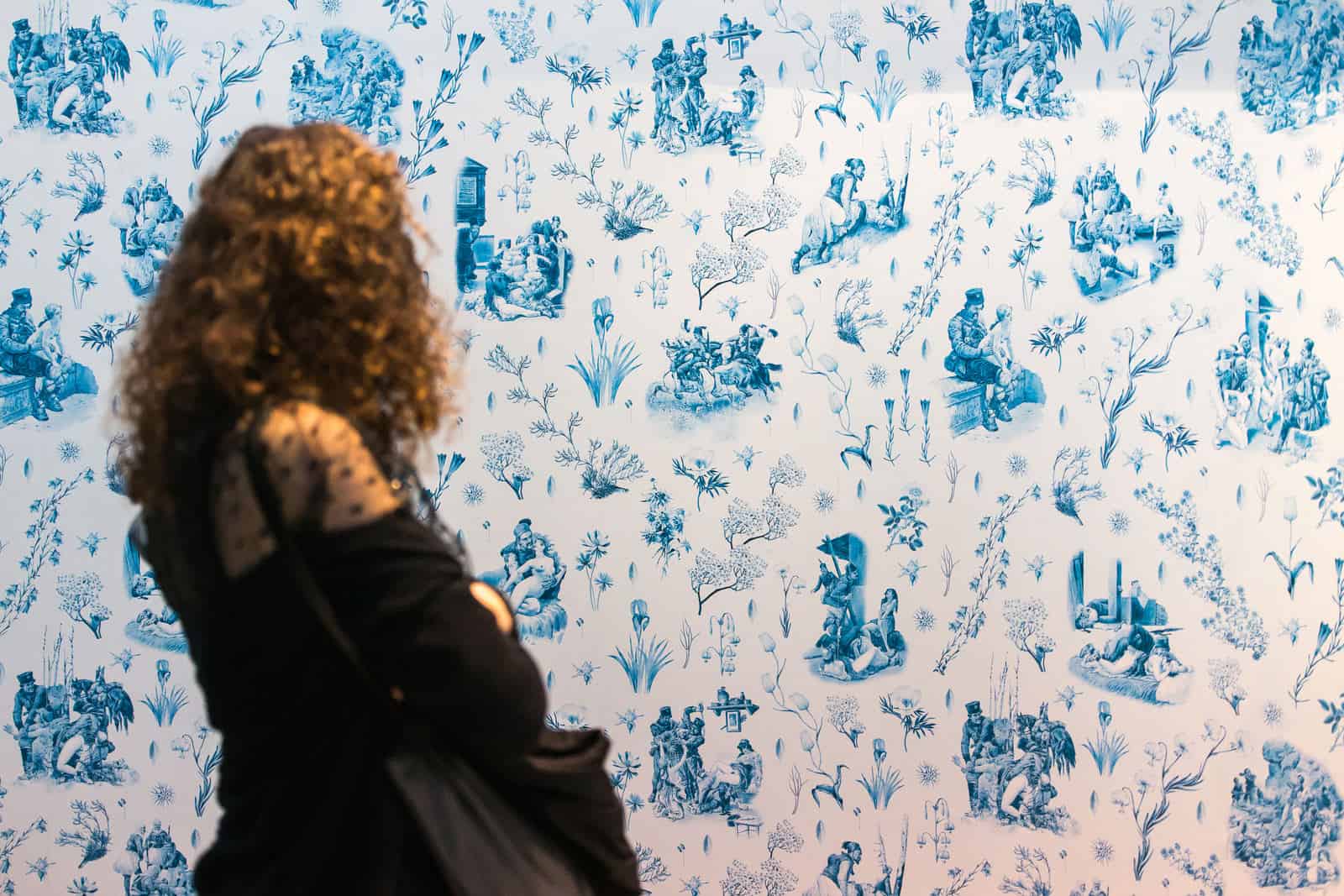
Lana Čmajčanin – Balkangreuel – Balkan Cruelty (2019) | Photo: Maarten Nauw/Framer Framed
Lana Čmajčanin – Balkangreuel – Balkan Cruelty (2019) | Photo: Damir Žižić
Ana Hoffner ex-Prvulovic* – Transferred Memories – Embodied Documents (2014)



